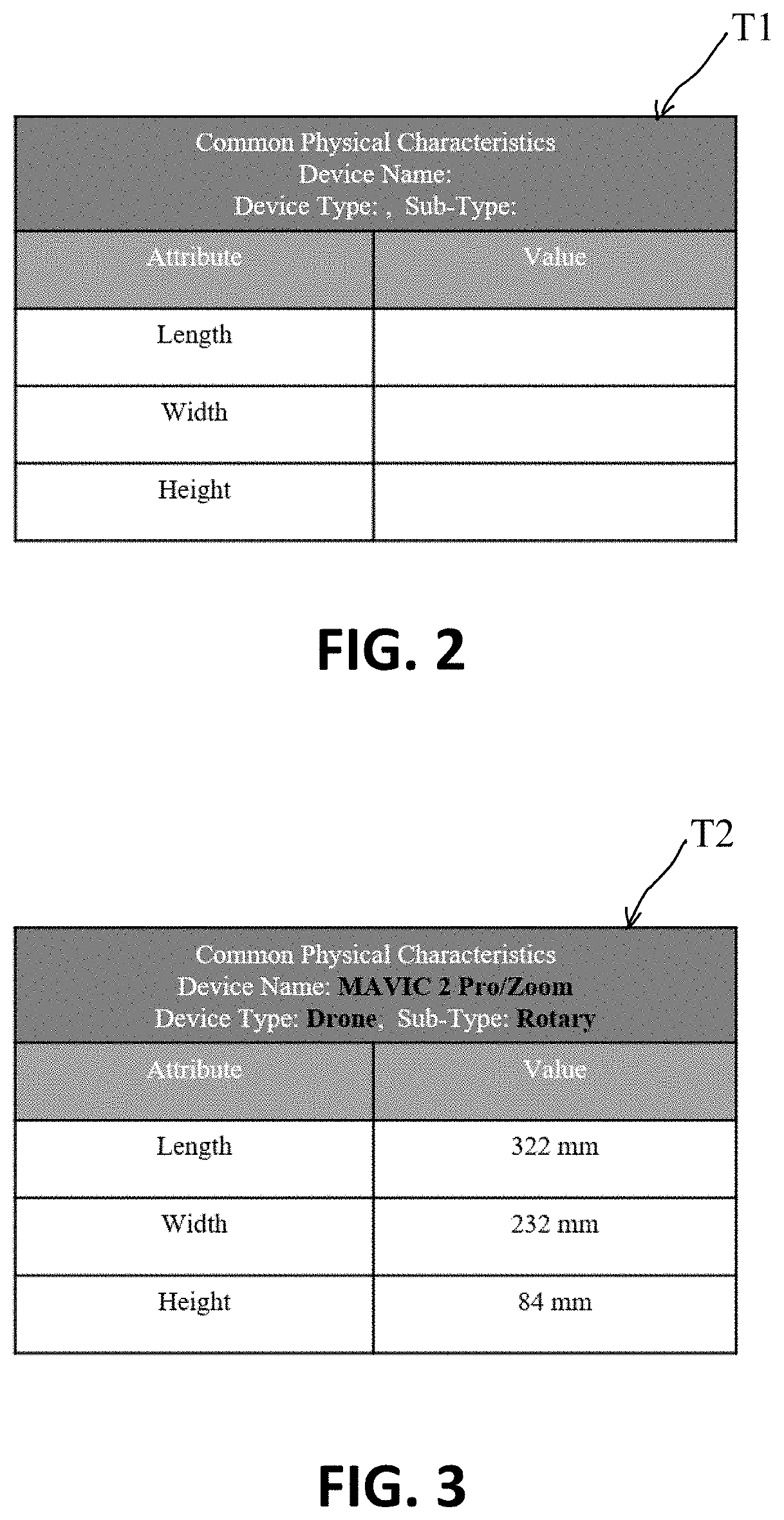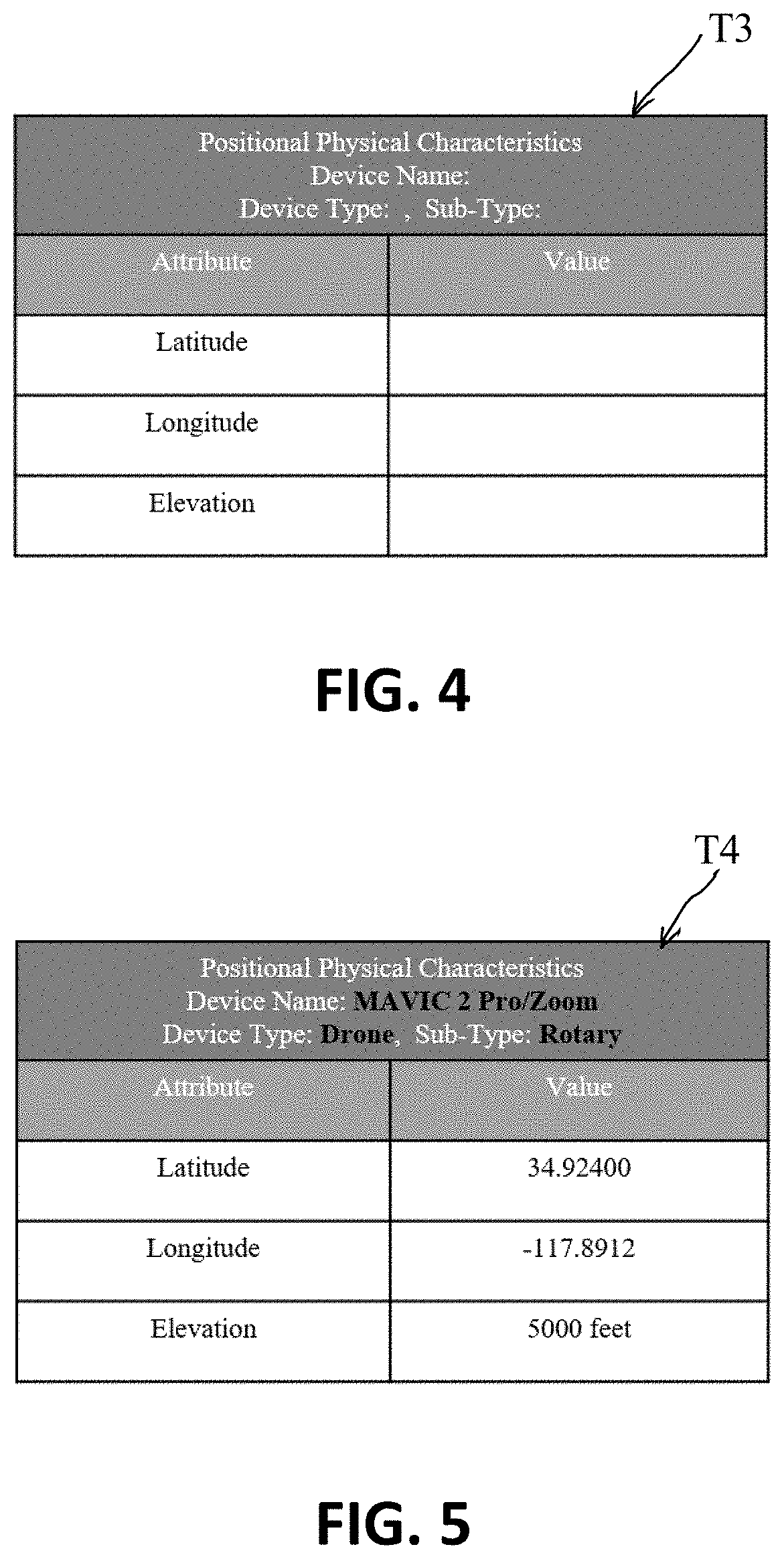Artificial intelligence systems and methods
a technology of artificial intelligence and intelligence system, applied in the field of artificial intelligence systems and methods, can solve the problems of long training time, poor and/or untimely solution, and the thought of emotional components as at best unnecessary and at worst detrimental, and achieve the effect of increasing or decreasing the processing tim
- Summary
- Abstract
- Description
- Claims
- Application Information
AI Technical Summary
Benefits of technology
Problems solved by technology
Method used
Image
Examples
Embodiment Construction
[0032]Referring generally to FIGS. 1-28, exemplary aspects of computing systems and methods for AI are provided.
[0033]Various devices or computing systems can be included and adapted to process and carry out the aspects, computations, and algorithmic processing of the software systems and methods of the present invention. Computing systems and devices of the present invention may include a processor, which may include one or more microprocessors and / or one or more circuits, such as an application specific integrated circuit (ASIC), field-programmable gate arrays (FPGAs), etc. Further, the devices can include a network interface. The network interface is configured to enable communication with a communication network, other devices and systems, and servers, using a wired and / or wireless connection.
[0034]The devices or computing systems may include memory, such as non-transitive, which may include one or more non-volatile storage devices and / or one or more volatile storage devices (e....
PUM
 Login to View More
Login to View More Abstract
Description
Claims
Application Information
 Login to View More
Login to View More - R&D
- Intellectual Property
- Life Sciences
- Materials
- Tech Scout
- Unparalleled Data Quality
- Higher Quality Content
- 60% Fewer Hallucinations
Browse by: Latest US Patents, China's latest patents, Technical Efficacy Thesaurus, Application Domain, Technology Topic, Popular Technical Reports.
© 2025 PatSnap. All rights reserved.Legal|Privacy policy|Modern Slavery Act Transparency Statement|Sitemap|About US| Contact US: help@patsnap.com



